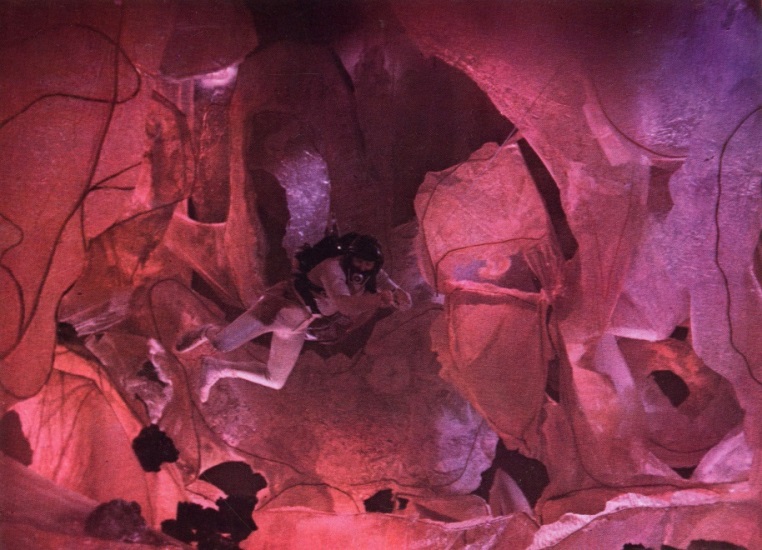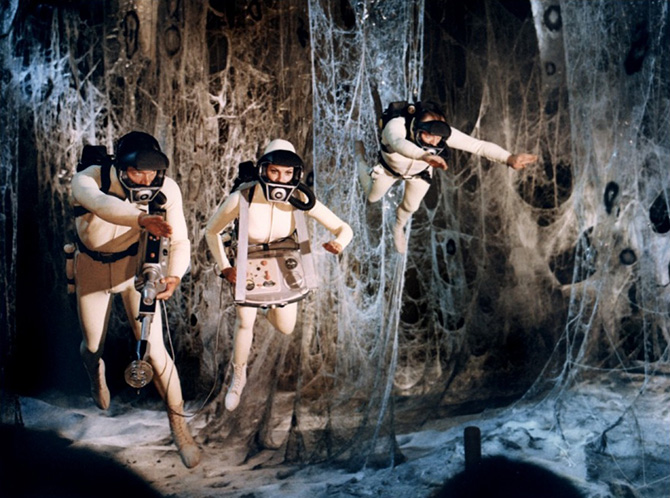I have known Jim Wolcott and his art for more than twenty years, but I admit I was not prepared for his new work—largescale, complex paintings he has been making full time since retiring from medicine.
Jim’s early pieces are probably the only art I have encountered in my life in which surgical gauze plays a starring role. This is not surprising when Jim’s medical career is taken into account. We were in an art show together at my law firm in the 1990s which cast a spotlight on people whose “alter ego” was as an artist. Jim, at the time, was a local radiologist. Jim’s submissions contained framed, careful compositions of gauzes of pale, dyed-colors interlaced with silvery-white birch bark and thin thread and mesh. There was a color field sort of effect, like the monumental canvases of Jules Olitski with their subtle gradations of color, but on a reduced scale. The works floated between the frame glass and a bed of cotton. In later years, cheese cloth then burlap became materials of choice, with gridlines and opacity that lent itself to experiments in layering, composition, and color.
Jim’s new work these decades later is tighter and more forceful. The mixed-media paintings are also approaching a far more monumental scale with some including dimensions approaching eight feet or more. The ephemeral gauze works which seemed constructed half of air have given way to a meticulous and rigorous surface in which unorthodox materials (often purchased at Home Depot) are painstakingly cut and reassembled in large-scale kaleidoscopic surfaces; often with layers of paint or clear gloss applied over them. There is a sensory chaos often both over and under-laid on a grid form. The works remind me of the push and pull between rounded forms and square ones - which marked Piet Mondrian’s transition from painting trees and windmills that ultimately reduced to absolute vertical and horizontal lines in his iconic abstractions. Jim keeps the crackling tension alive between these competing visual agendas of strong lines and turbulent, organic forms.








